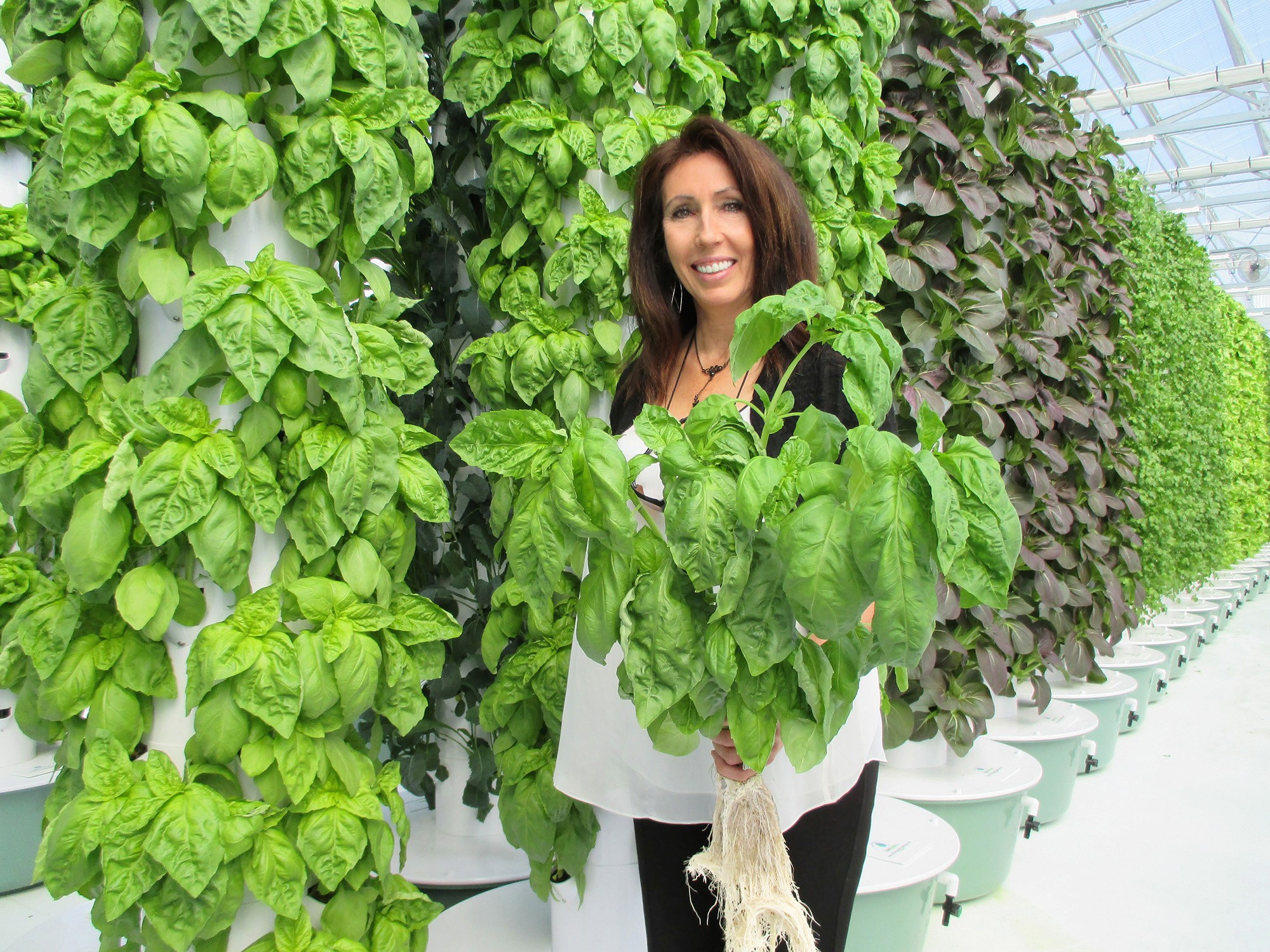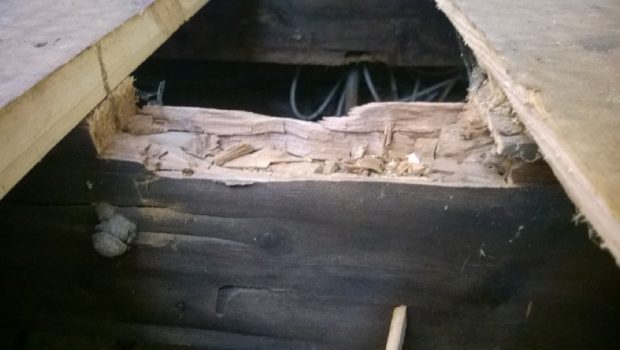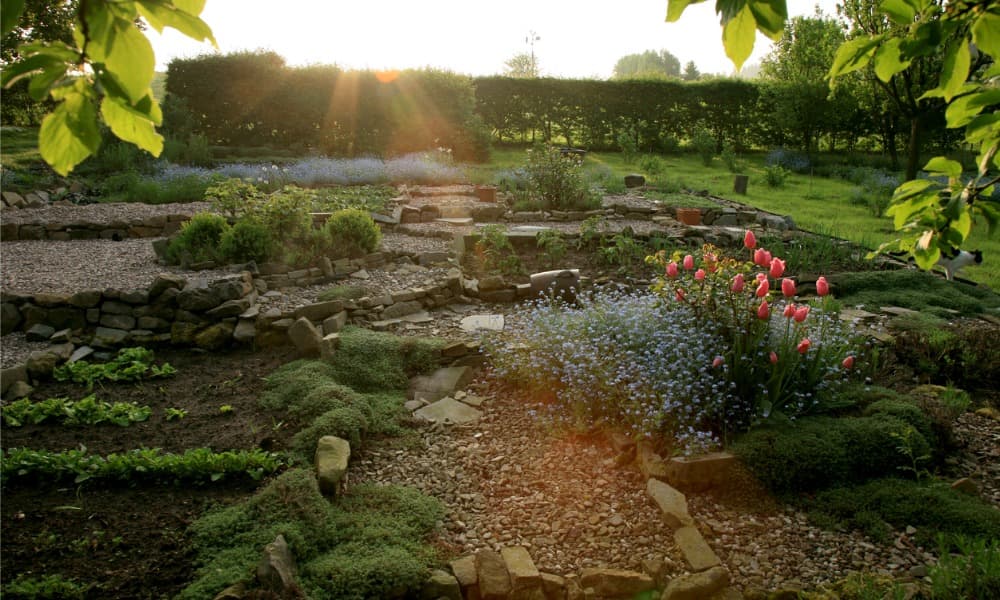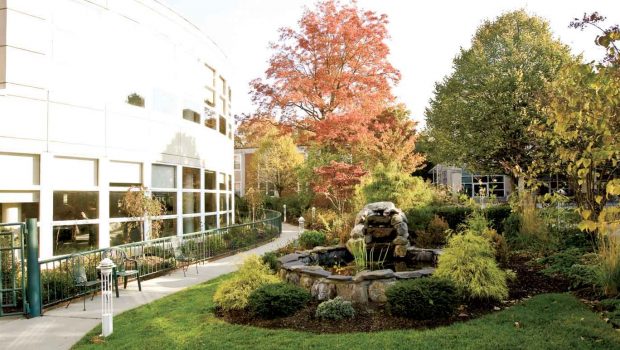An aeroponic garden is an advanced form of hydroponics, a process of growing plants in a mist environment or air rather than soil. The aeroponic systems use liquid nutrients, water, and soilless growing medium to efficiently and instantly grow more colorful, better-smelling, tastier, and incredibly nutritious produce.
Aeroponics vs. hydroponics
If you are in decision-making, whether to choose aeroponics or hydroponic system, it depends on what you intend to grow. Consider the price of your chosen market or the price of your produce.
Aeroponics provides crops with much healthier and stronger root systems as it has much higher potential performance than the standard hydroponic system. While, hydroponic systems are cheaper and simpler to install, but less profitable after the first year of growth.
Aeroponics offers far more benefits to commercial growers, from container farms to greenhouses. It is mainly driven by the aeroponic systems productivity benefits, which are considerable and result in greater yields all over the year for the professional grower.

Aeroponic and hydroponics are both growing methods of food without soil. Hydroponics is commonly used for irrigation, both in domestic and commercial setups since aeroponics involves newer technology and greater expertise. Both systems are providing nutrients usually accessed by the plant on the soil by adding a water solution – how this solution is delivered to the plant roots, where the two systems vary.
Liquid versus mist
In aeroponics, the plant roots are suspended in the air and irrigated with a nutrient-dense mist. It mimics the natural air pockets in the healthy soil system and increases the access of plants to oxygen and other atmospheric gasses. It can boost the roots of the plants and rate growth. Aeroponics uses far less water, up to 30% less than hydroponics. Plus, it doesn’t require rock wool, using fibrous insulation, which is tricky to handle safely, recycle, and reuse energy efficiently.
Pests and disease
There are other benefits to the well-aerated root zone in the aeroponic system. The roots are suspended in the air while the mist is applied directly to the plant. The growing media dries up and helps the plant less prone to mold or infections. Using UV sterilization and filtration in the water reuse and recapture process also ensures the chance of disease or pest outbreaks at a minimum.
Precision irrigation
In an aeroponic system, irrigation is controlled on a crop-by-crop basis. Saturing the crops by mist in very precise amounts and specific periods gives a higher level of control. The gas exchange and nutrient levels provided to crops are tailored bed by bed.
Expenses of growing
In aeroponic systems, the nozzles are used to produce mist, which often breaks and clogs. It is the reason they haven’t been as widely adopted as expected, considering the yield benefits offered.
Aeroponic systems are far more profitable due to higher productivity that speeds up the growth cycles.




